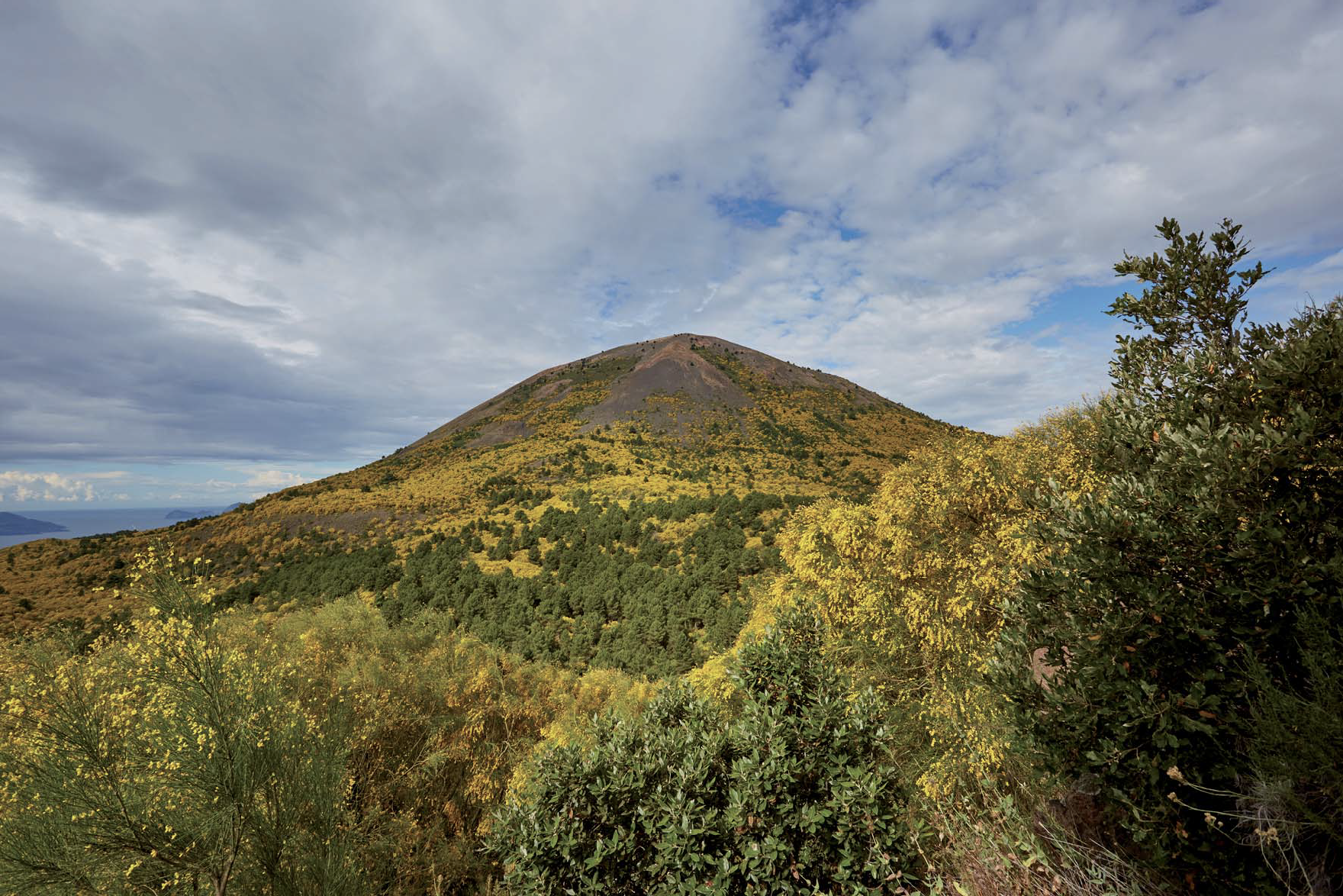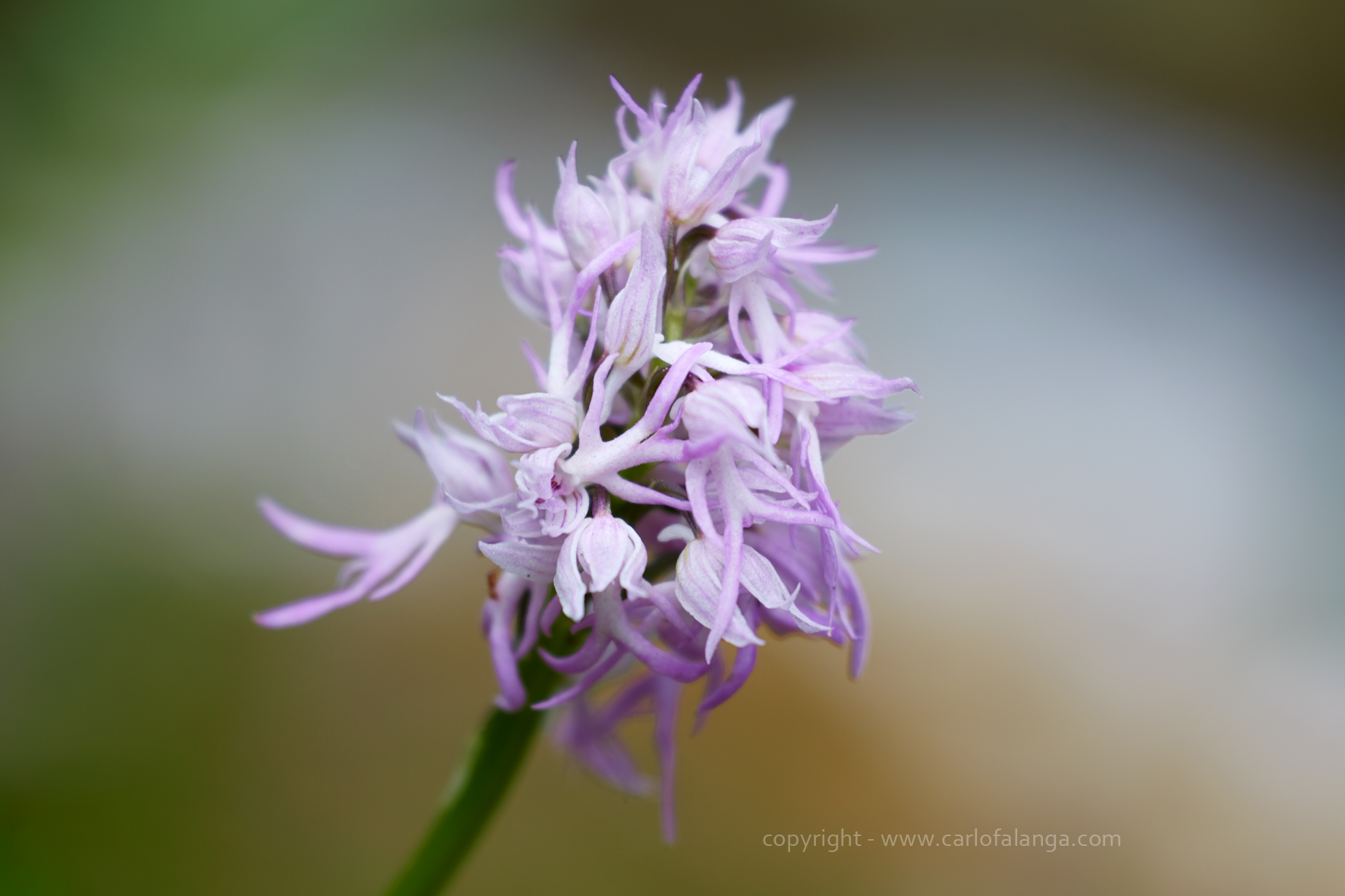Even the ancient populations had verified how fertile that land was. Thick vegetation reached the jagged top of the hill and luxuriant vineyards surrounded it in the lower part, then alternating with olive groves, orchards and extensive crops in the surrounding plain, up to the sea. No one imagined, then, that that fertility was a consequence of the volcanic nature of the mountain and of the materials that its remote eruptions had deposited in abundance on the ground. A situation that the first great historical eruption of 79 AD, upset in a few hours. And the same sequence, between the generative phase and the destructive phase, has since been repeated numerous times, with important effects and consequences on the Vesuvian flora. This, destroyed in a more or less extensive way during the periods of activity of the volcano, then gradually regained its previous spaces, also with the help of man, who proceeded to reconstitute the green heritage and introduced new species. And in fact, currently in the area of the volcanic complex included in the Vesuvius National Park there are over seven hundred species (744 to be exact) of which, however, only a small part, just fifteen, are endemic. This is even the case of a botanical rarity such as the Silene giraldi, whose presence, apart from Vesuvius, is reported elsewhere only on the islands of Ischia and Capri.
Monte Somma, where there is a higher percentage of humidity, is populated by mixed woods of chestnut, downy oak, Neapolitan alder, holm oak, Neapolitan maple and black locust. And the birch, decidedly rare in a Mediterranean environment.
Pine trees have been planted on Vesuvius, which is more arid and more exposed to the sun, but it is the pre-existing Mediterranean scrub that is prevalent, also due to its proximity to the sea, with myrtle,strawberry tree, laurel, viburnum and rosemary. In addition to an important presence of holm oak.
The broom and 19 species of orchids protected by the Washington Convention and centranthus ruber, the red valerian, are very widespread in the areas affected by the oldest eruptions.
There is no shortage of Helicrisum or helichrysum, Artemisia campestris or artemisia, or red Romice and cistus. In the Valle del Gigante there is still a grove of birch trees (Betula pendula), which is a relict of the mesophile woods prevalent when the climate was more humid than it is today.
The lava from the last eruption of 1944 is still arid, except for the Stereocaulon vesuvianum. the silver lichen which is the first species to regrow there.
Pioneer species par excellence, the broom grows on Vesuvius with various species, including the fragrant broom, Spartium junceum, Cytisus scoparius, Genista tinctoria and Genista aetnensis, introduced from Etna which then spread considerably in the Valle dell'Inferno and in the Atrium of the Horse.
There are two hundred species of mushrooms, some of which are very rare, that live on the still relatively recent lava.
As they were also known by the Romans, the soils on the slopes of the volcano, very rich in minerals, especially potassium, are very favorable for the vine, which has remained the most important crop for two thousand years. Characteristic vines are Piedirosso and Falanghina with red grapes and Coda di Volpe with white grapes, which is not by chance known in the area as "caprettone". Varieties that with others, always local, are used for the production of the Vesuvius DOC wine, the Lacryma Christi.
The Vesuvian countryside is renowned for its orchards, starting with apricots of various qualities, and then figs, white and black mulberries, apple, cherry, peach, walnuts and hazelnuts. Vesuvius cherry tomatoes are also famous, ideal for preservation in the typical "piennoli", as well as vegetables such as broccoli, broad beans and fennel.
Ph:@Angelo Ammendola/Archivio Parco Nazionale del Vesuvio



Comments powered by CComment